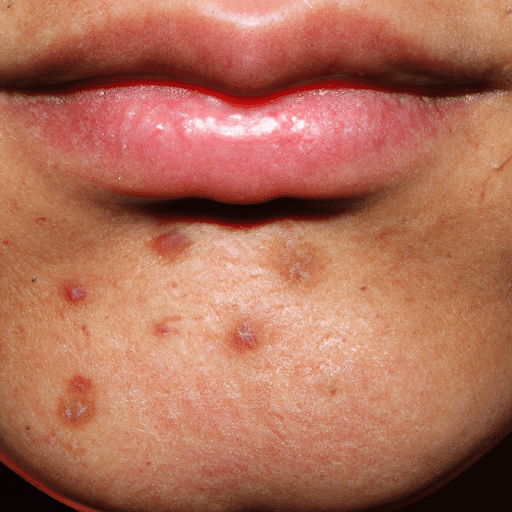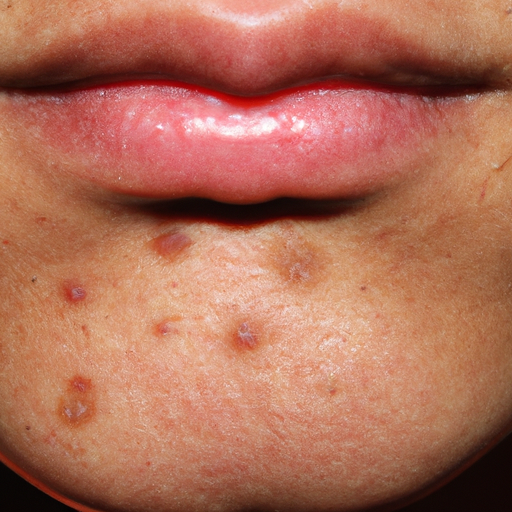Title: Unmasking Acne: A Comprehensive Dermatologist’s Guide to Diagnosis and Treatment
Acne is a common skin condition that affects millions of people worldwide. As a Dermatologist, I have seen firsthand how it can impact a person’s self-esteem and overall quality of life. This article aims to demystify acne, providing a comprehensive guide to its diagnosis and treatment.
Acne is characterized by the occurrence of pimples, blackheads, whiteheads, and cysts on the skin, primarily on the face, back, and chest. It is caused by the overproduction of sebum, an oily substance that helps protect the skin. When sebum combines with dead skin cells, it can clog pores and create an environment conducive to the growth of Propionibacterium acnes, a bacteria that can cause inflammation and acne lesions.
Diagnosing acne is typically straightforward. As a Dermatologist, I look for key signs such as the presence of comedones (blackheads and whiteheads), red or inflamed bumps (papules and pustules), and larger, more painful lumps under the skin (nodules and cysts). The severity of acne can vary from mild to severe, depending on the number and type of lesions present.
Once diagnosed, the next step is to devise a suitable treatment plan. The goal of acne treatment is to reduce sebum production, speed up skin cell turnover, fight bacterial infection, and reduce inflammation. This can be achieved through a combination of topical treatments, oral medications, and lifestyle changes.
Topical treatments include over-the-counter products containing salicylic acid or benzoyl peroxide, which can help unclog pores and reduce bacteria. Prescription topical treatments may include retinoids or antibiotics. For more severe cases, oral medications such as antibiotics, birth control pills (for women), or isotretinoin may be prescribed.
Lifestyle changes can also play a crucial role in managing acne. Maintaining a healthy diet, staying hydrated, getting regular exercise, and ensuring adequate sleep can all contribute to healthier skin. It’s also essential to avoid picking or squeezing acne lesions, as this can lead to scarring and further skin damage.
In some cases, dermatological procedures such as chemical peels, laser therapy, or drainage and extraction may be recommended to treat acne. These treatments can help reduce the appearance of acne scars and improve the texture of the skin.
In conclusion, while acne can be a distressing condition, it is highly treatable. As a Dermatologist, my role is to guide patients through the process of understanding their acne, diagnosing their condition accurately, and formulating an effective treatment plan. With the right approach, it’s entirely possible to manage acne successfully and regain clear, healthy skin.
Remember, if you’re struggling with acne, don’t hesitate to seek professional help. A Dermatologist can provide expert advice and treatment options tailored to your specific needs. Unmasking acne is the first step towards achieving healthier, clearer skin.
Unmasking Acne: A Comprehensive Guide to Diagnosis and Treatment




